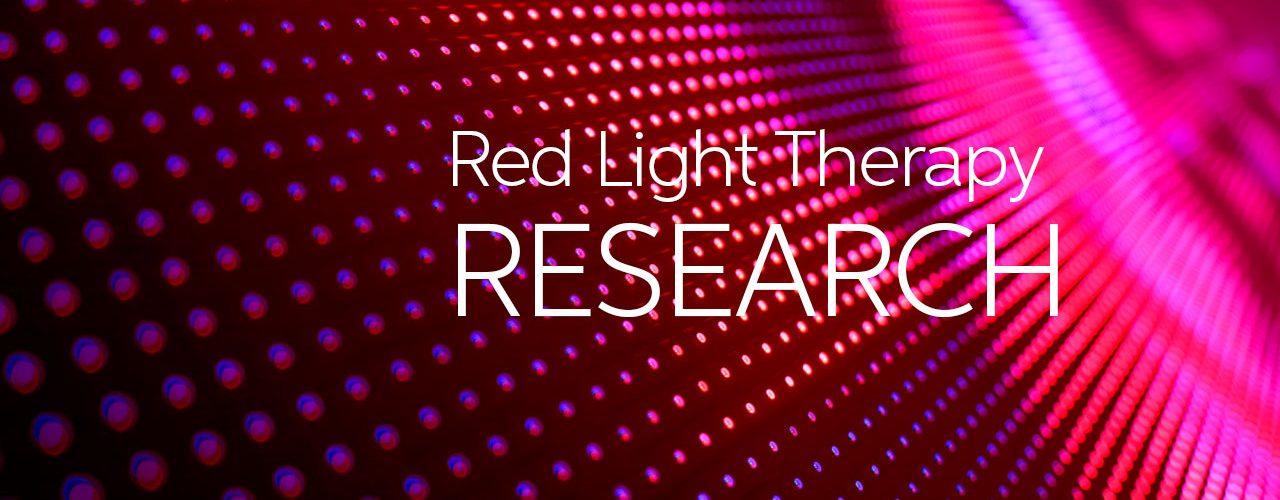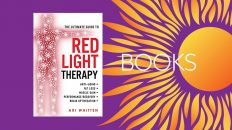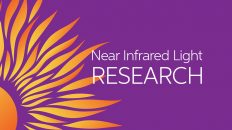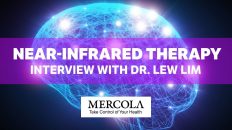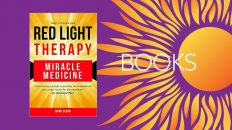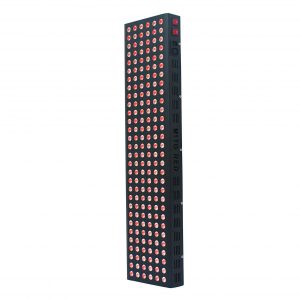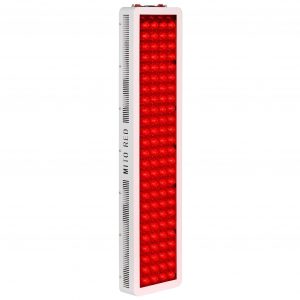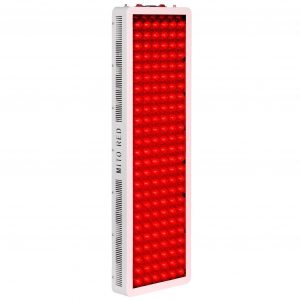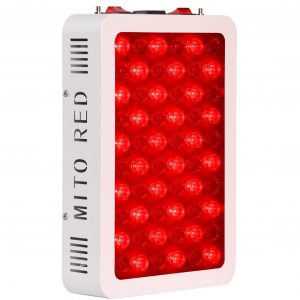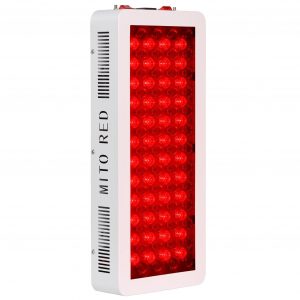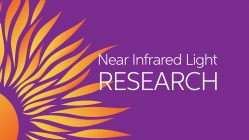We review the general topic of traumatic brain injury (TBI) and our research utilizing transcranial photobiomodulation (tPBM) to improve cognition in chronic TBI using red/near-infrared (NIR) light-emitting diodes (LEDs) to deliver light to the head.
tPBM improves mitochondrial function increasing oxygen consumption, production of adenosine triphosphate (ATP), and improving cellular energy stores. Nitric oxide is released from the cells increasing regional blood flow in the brain.
Review of published studies: In our previously published study, 11 chronic TBI patients with closed-head TBI caused by different accidents (motor vehicle accident, sports-related, improvised explosive device blast injury) and exhibiting long-lasting cognitive dysfunction received 18 outpatient treatments (Monday, Wednesday, Friday for 6 weeks) starting at 10 months to 8 years post-TBI.
LED therapy is nonthermal, painless, and noninvasive. An LED-based device classified as nonsignificant risk (FDA cleared) was used. Each LED cluster head (5.35 cm diameter, 500 mW, 22.2 mW/cm2) was applied for 9 min 45 sec (13 J/cm2) using 11 locations on the scalp: midline from front-to-back hairline and bilaterally on frontal, parietal, and temporal areas.
Testing was performed before and after transcranial LED (tLED; at 1 week, 1 month, and at 2 months after the 18th treatment) and showed significant improvements in executive function and verbal memory. There were also fewer post-traumatic stress disorder (PTSD) symptoms reported.
Ongoing, current studies involve TBI patients who have been treated with tLED using either 26 J/cm2 per LED location on the head or treated with intranasal only (iLED) using red (633 nm) and NIR (810 nm) diodes placed into the nostrils. The NIR iLED is hypothesized to deliver photons to the hippocampus, and the red 633 nm iLED is believed to increase melatonin. Results have been similar to the previously published tLED study. Actigraphy sleep data showed increased time asleep (on average one additional hour per night) after the 18th tLED or iLED treatment. LED treatments may be performed in the home. Sham-controlled studies with veterans who have cognitive dysfunction from Gulf War Illness, blast TBI, and TBI/PTSD are currently ongoing.
SOURCE: US National Institute of Health’s National Library of Medicine
https://pubmed.ncbi.nlm.nih.gov/28001756/

